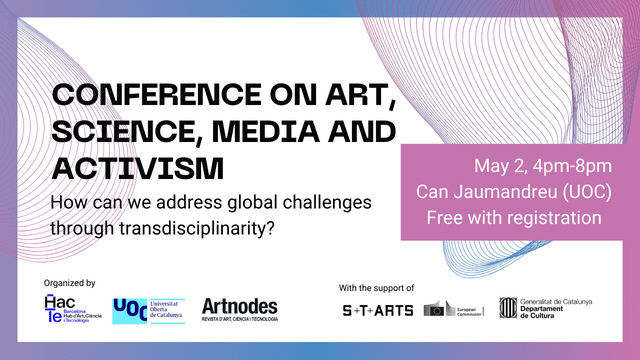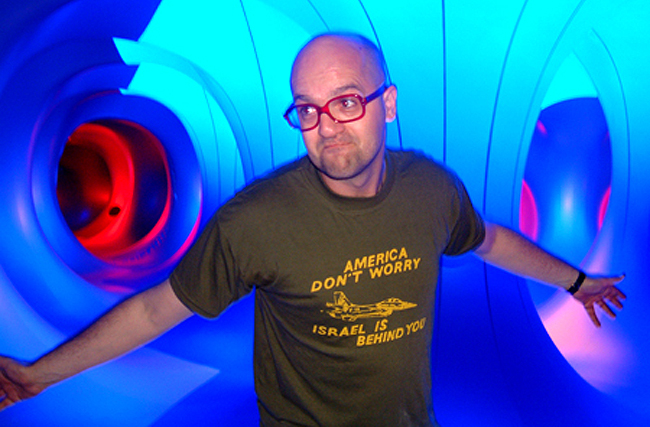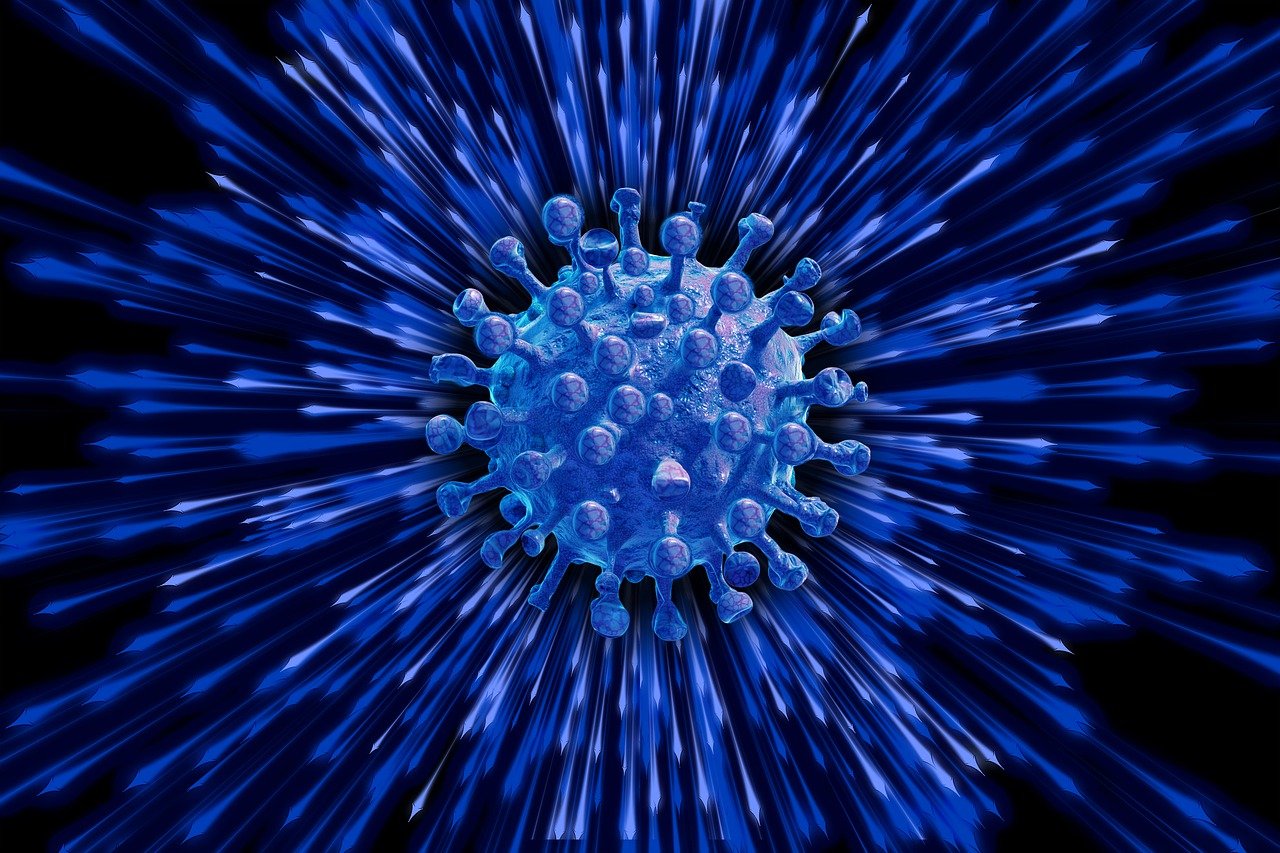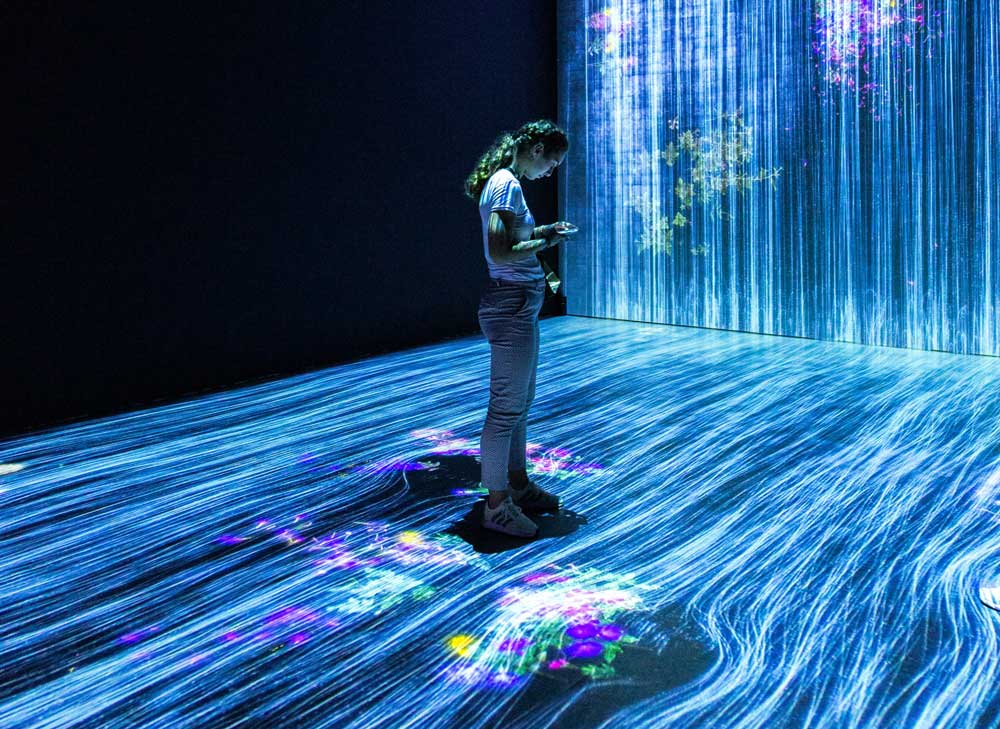Interview to Carolina Fernández-Castrillo and Diego Mantoan about Artnodes 33 «attempting to draft the history of digital culture for social change»
24 de abril de 2024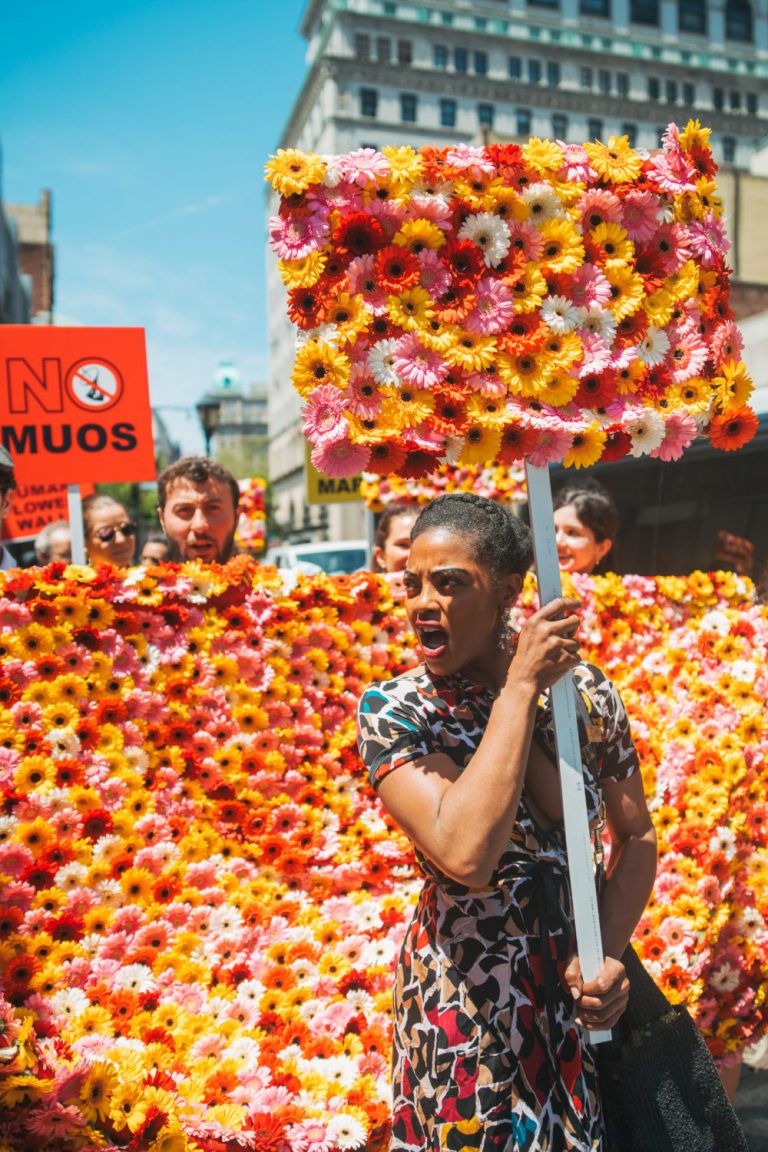 Photography by muccitas.com
Photography by muccitas.comVinci, Sasha – «A Human Flower Wall» (2019), participatory performance
Carolina Fernández-Castrillo , Carlos III University of Madrid and Diego Mantoan, University of Palermo. (Artnodes 33 guest editors)
Fernández-Castrillo: With the introduction of the term “media artivism” in 2022 at the 59th Art Biennale my aim was to emphasize the importance of activist practices in the media art landscape.
As part of my research project “Digital Media Culture: Intercreativity and Public Engagement” at the Venice Centre for Digital and Public Humanities (Ca’ Foscari University of Venice – Carlos III University of Madrid), I defined media artivism as those artistic media practices that denounce inequalities with the desire to promote a social change.
First of all, the idea was to provide an epistemological framework to activate a context to reflect on the challenges and possibilities to link media art, investigative journalism and activism to promote civic engagement by giving visibility and denouncing current, previous and future public problematics. Secondly, and even more important, my plan was to create a glocal community of media artivists to develop coordinated strategies.
I invited Diego Mantoan to coordinate together the node 33 and our call had a successful reception of over 50 papers! We are so grateful to Artnodes for providing a starting platform to engage with colleagues from different sectors and disciplines all over the world. The community is growing and the event on May 2nd in Barcelona will be a great face to face moment to strengthen ties and to plan future actions.
Why is it important to address the intersection between the media, the arts, and activism?
Fernández-Castrillo: In the post-digital age, the new dynamics of collective knowledge and intercreativity grow to give visibility to unknown realities, unreported by traditional media. From protest artworks to investigatory cultural productions, along the second half of the twentieth century there has been an increasing number of artistic proposals aimed to expand investigative journalism to create public awareness and instigate action against unfair realities.
Media artivist works combine the creative and imaginative power of art with the rebelliousness and insubordination of activist procedures. The expressivity and emotional strength of the art, together with the defiant spirit of activism reach a higher range of action with the use of media and new technologies.
By adopting a media archaeological approach, our aim in this special issue was to reflect on the origins and evolution of social guerrilla campaigns, creative appropriation as activism, culture jamming, networked culture, hacktivism or digital innovation and social change, among other media art expressions. The issue also explores the role of data visualization, immersive installations and interactive projects based on the use of new media and the internet as instruments for awareness-raising and social protest drawing attention to gender issues, environmental crime, racial discrimination, political and economic corruption or surveillance abuse.
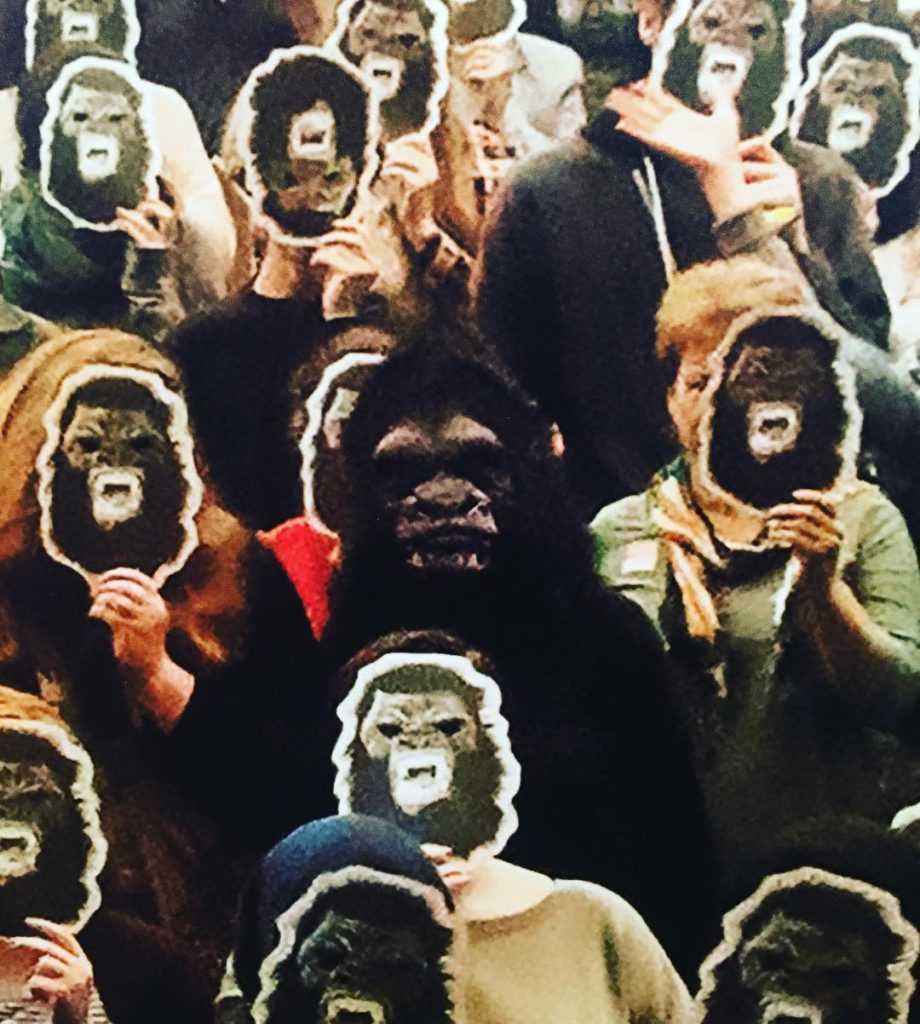
Guerrilla Girls, New York, 1985 – Artnodes 33
Can you elaborate about the need for an “archaeology” in this interdisciplinary field?
Mantoan: At least since the emergence in the 1960s of socially-engaged and politically-charged art practices, the ongoing debate among artists active in the public sphere introduced elements such as the focus on social relevance, the open-endedness of the creative process and the structural involvement of the audience in the creative process. Artivism emerged and still strives in grassroots experiences and organization networks that are separate from the elite art world, thus it is relevant to adopt an archaeological methodology that allows the reconstruction of its entire context.
As a social and public art practice, artivism is usually supported by artist-run galleries, alternative spaces and group exhibitions with a distinctive anti-elite character at the fringe of the art world, thus operating as a catalyst of societal change, but they are difficult to detect. With the spread of digital culture, media artivism has grown into a field of its own with distinctive artists, curators, critics and organizations devoted to engaged practices that are often liminal to political antagonism and far from the concerns of the art world. This means they have to be disclosed by “digging” them out in different parts of the world, each in the terrain of its distinctive situation.
Can you address the reasons why Artnodes is an adequate platform to discuss these issues?
Mantoan: It is relevant to stress that artivism increasingly entered the scholarly debate, not just as case studies, but rather as a field in which artivists themselves can deliver theoretical reflections and practical examples for societal change and technological development, such as can be found in Artnodes as a renown platform for this debate. Media artivists, in particular, independently interpret their role in society employing postmodern strategies that can be divided into at least four categories according to the specific project’s aim and the way digital media are employed: i) spreading disclosed information through hacktivism; ii) improving community engagement through networking; iii) countering market logic by disrupting digital business models; iv) innovating digital interfaces through sustainable infrastructure models.
All of these categories show that media artivism is a form of liminal activity, as it has emerged over the last decades as an autonomous field shaped on the fringe between society and the art world thanks to the works of practitioners acting on the premise of a vocation towards social change. Practitioners visually and experientially resort to the consolidated grammar of contemporary art, as well as to their knowledge of past public and artivist practices, though operating in and around society, and innovating artistic strategies through digital media.
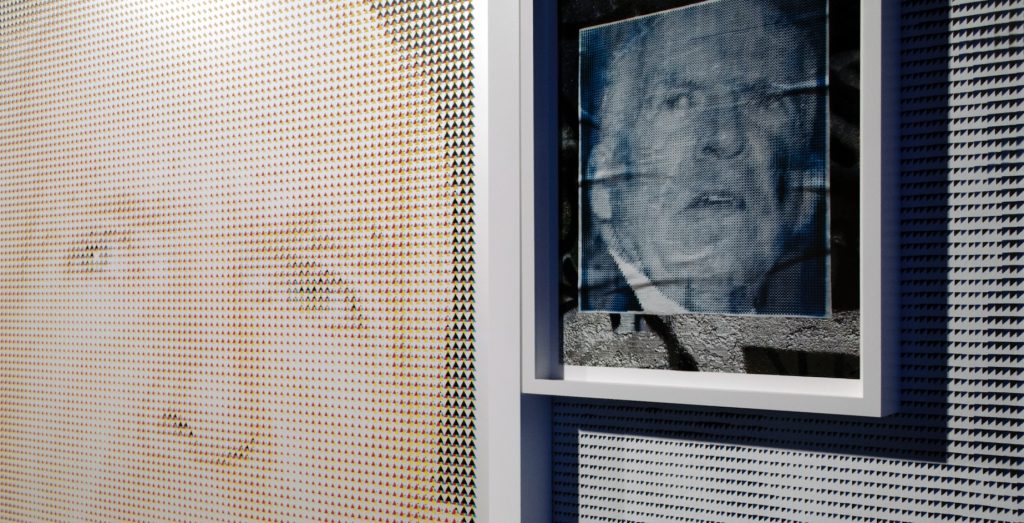
Cirio, Paolo – «Overexposed» (2015), gallery exhibition and online database. Courtesy of the artist
What are the goals of the event on May 2th, at the UOC?
Fernández-Castrillo & Mantoan: The contents of our special issue will be enriched by a long-lasting collection of video clips created by the authors and a live event in Barcelona, where online and offline strategies will be combined to invite new collaborators to take part into the next steps: further publications, interdisciplinary collaborations with different sectors, public events and protests, social actions, workshops, artistic exhibitions, educomunicative projects, etc.
From infowar to guerrilla communication, we will also explore together the role of surveillance artivism, bricoleur activism, how to activate awareness about climate risk or the use of artistic tactics for mitigating online disinformation, among other main topics.
The opportunity to share the results of our collective research will be also the moment to reinforce our common purpose of laying the groundwork for a new knowledge and direct-action field.
The event at UOC will also be a unique opportunity to showcase and discuss how media artivists employ postmodern artistic strategies, as well as a blend between digital media and participatory practices to produce socially-engaged and politically-charged works of public art. During the event a set of screenings will take place regarding the documentation of artivist pieces that had the guest editors directly involved. Among others, the artworks of following artivists will be presented: the hacktivist interventions for political rights by Paolo Cirio; the community processions for land reappropriation claims by Sasha Vinci; the sustainable digital infrastructure programmed by Tega Brain, Alex Nathanson, and Benedetta Piantella; the animal liberation actions of Tiziana Pers; the consciousness raising recordings of endangered species by Laura Pitingaro.
By: Andrés Burbano, Universitat Oberta de Catalunya, UOC


